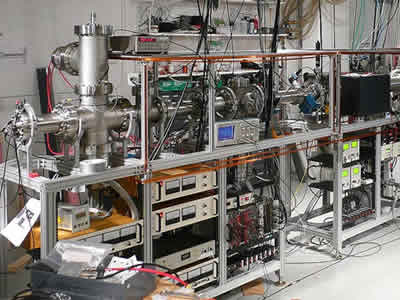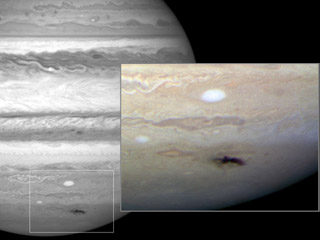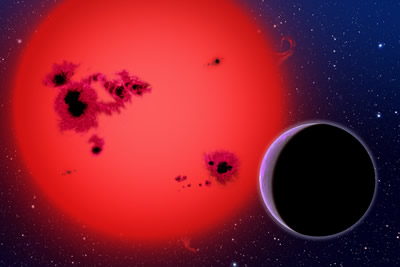Headline Universe
Welcome to our Headline Universe section! Although Windows to the Universe isn't a news website, we do try to keep the site up to date with as much information as possible about the Earth and space sciences. We have organized news in a number of different categories - by subject (Earth News, Solar System News, Universe News, and Space Mission News) as well as news that is Hot Off the Press! Through our collaboration with the National Science Foundation, through which we keep you up to date on NSF-funded research highlights, we also have an abundance of News Releases from the NSF (in addition to podcasts, videos, and interactives) that we have collected here for you as well as integrating them in the categories mentioned above. Finally, we have a link to our older news pieces, going back to 1995, in our Archive section.





Please log in
Science Blogs
Real Climate: climate science from climate scientists

Windows to the Universe, a project of the National Earth Science Teachers Association, is sponsored in part is sponsored in part through grants from federal agencies (NASA and NOAA), and partnerships with affiliated organizations, including the American Geophysical Union, the Howard Hughes Medical Institute, the Earth System Information Partnership, the American Meteorological Society, the National Center for Science Education, and TERC. The American Geophysical Union and the American Geosciences Institute are Windows to the Universe Founding Partners. NESTA welcomes new Institutional Affiliates in support of our ongoing programs, as well as collaborations on new projects. Contact NESTA for more information.






